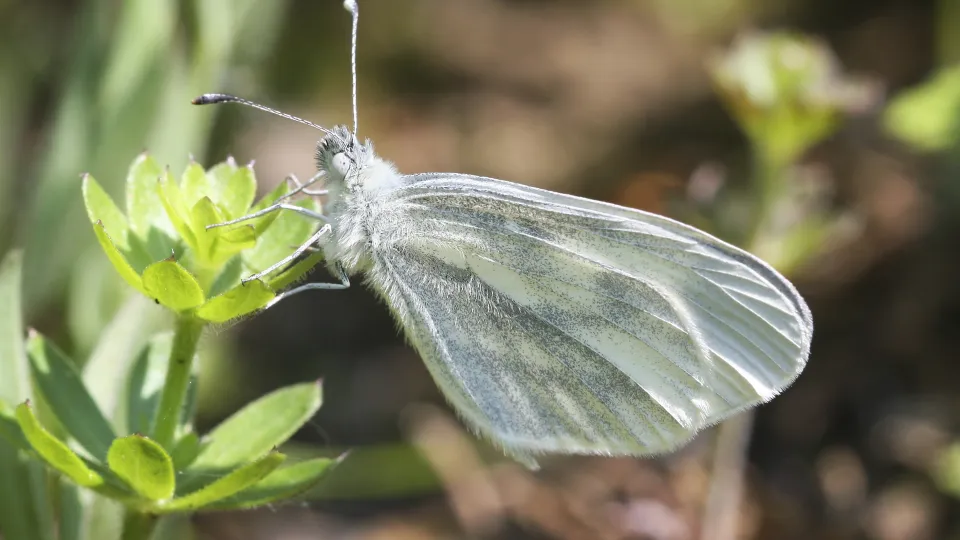
Wood white
This dainty white butterfly is now only found in a few parts of Britain, where it flutters slowly through woodland clearings.
A taxon is Endangered when it is not Critically endangered but is facing a very high risk of extinction in the wild in the near future.

This dainty white butterfly is now only found in a few parts of Britain, where it flutters slowly through woodland clearings.

This jewel like leaf beetle is an incredibly scarce species which is only found in wetland habitats.
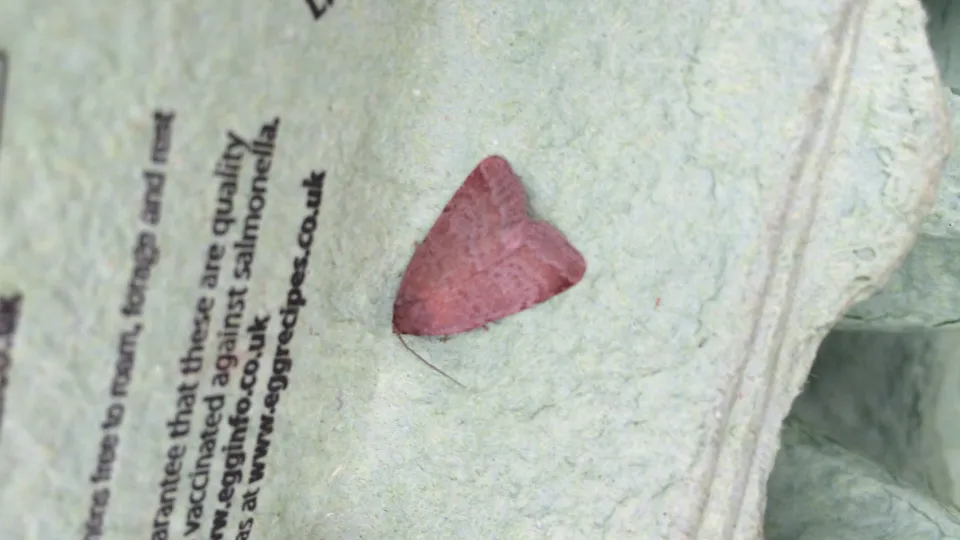
A very rare species, this moth is now limited to one site in the UK. Males can be a striking reddish buff in colour.

Rare summer visitors, honey buzzards breed in open woodland where they feed on the nests and larvae of bees and wasps.

The violet click beetle is a very rare beetle that lives in decaying wood, particularly common beech and ash. It gets its name from its habit of springing upwards with an audible click if it falls on its back. It is found at just three sites in the UK.
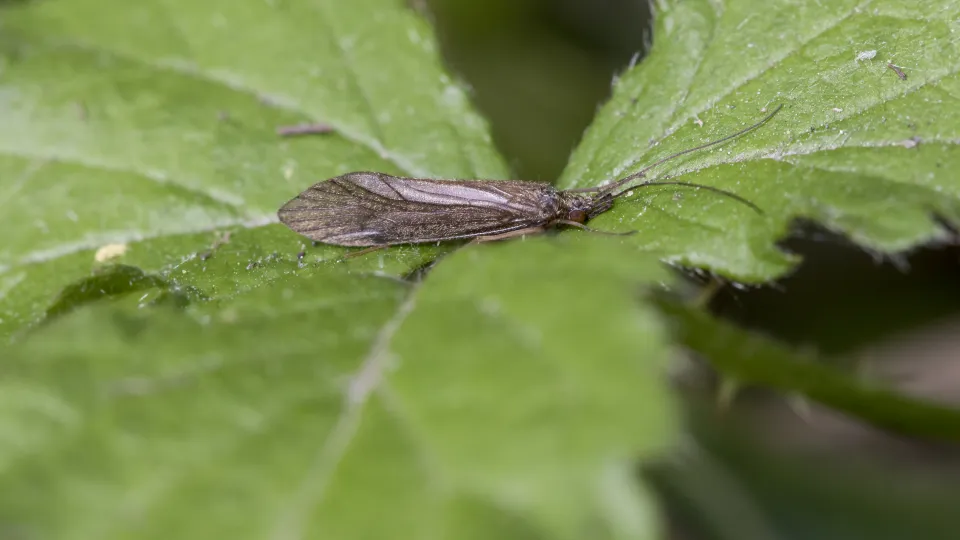
Caddisflies are a large order of insects that can be found in all kinds of wetlands. The larvae are known for making cases to pupate in, gathering stones, sand and leaves, and wrapping them with silk.
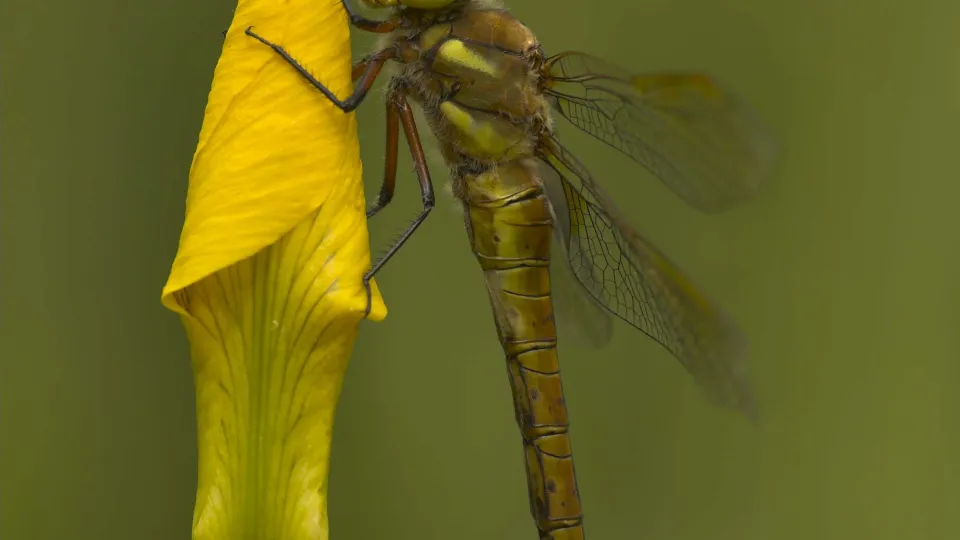
The rare Norfolk hawker is a pale brown dragonfly, with a distinctive yellow triangle on its body. It is only found in unpolluted fens, marshes and ditches of the Broads National Park in Norfolk and Suffolk.
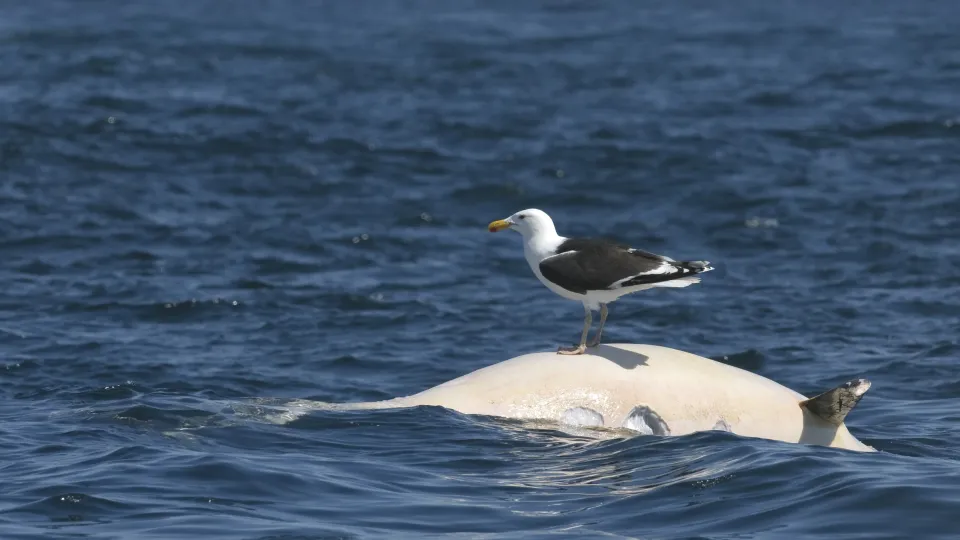
This huge gull can be seen around most of the UK's coasts in summer, with some venturing inland in winter.

The lesser spotted woodpecker is the smallest of the UK's woodpeckers. Listen out for its drumming, which is quieter than that of the great spotted woodpecker, in woodland, parks , orchards and gardens.

Our most diminutive falcon, the merlin is a pretty bird of prey. It chases small birds, flying low to the ground or hovering in the breeze because of its small size. Resident merlins are joined in winter by Icelandic migrants.